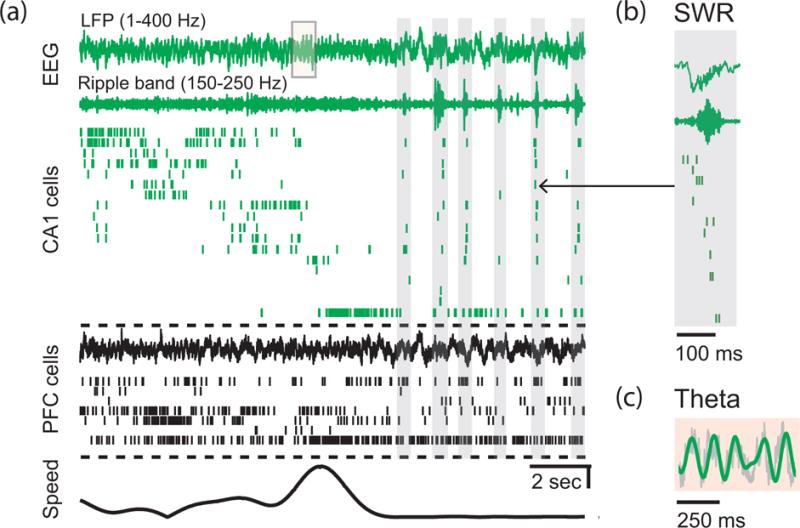Figure 1. Distinct network states in the hippocampal-prefrontal network during behavior.

(a) Spike and local field potential (LFP) activity in CA1 region of the hippocampus (green) and PFC (black) as an animal approaches a reward well in a spatial task. From top to bottom, the plot shows respectively: broadband LFP (1–400 Hz) in CA1, ripple band filtered LFP (150–250 Hz) in CA1, raster plot with spikes from 18 CA1 place cells, broadband LFP in PFC, raster plot with spikes from 7 PFC neurons, and animal speed. As the animal runs on the track (speed scale bar: 10 cm/sec), CA1 place cells fire in a sequential order. (b) When the animal stops at the reward well, SWRs and replay activity are prominent in the hippocampus. Vertical gray rectangle backgrounds in a denote SWRs detected in CA1 LFP. (c) Theta oscillations are seen in hippocampus during running. Shaded area over CA1 LFP from a on an expanded time scale. Theta filtered LFP (6–12 Hz) is shown overlaid with the broadband LFP. Adapted from [31**] with permission from authors.
